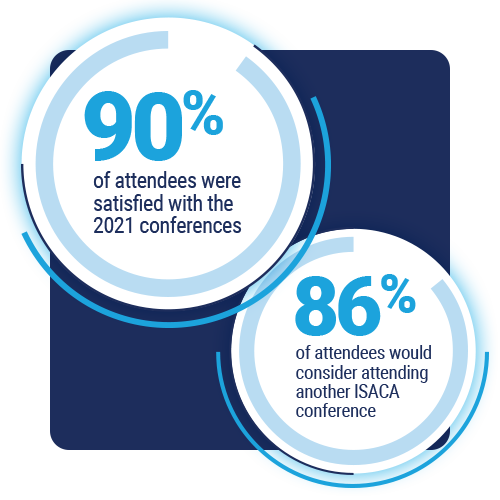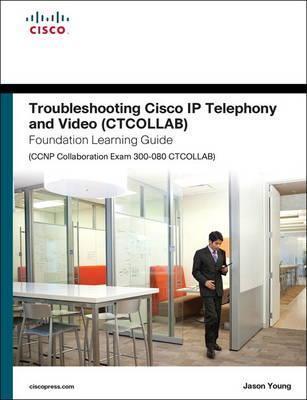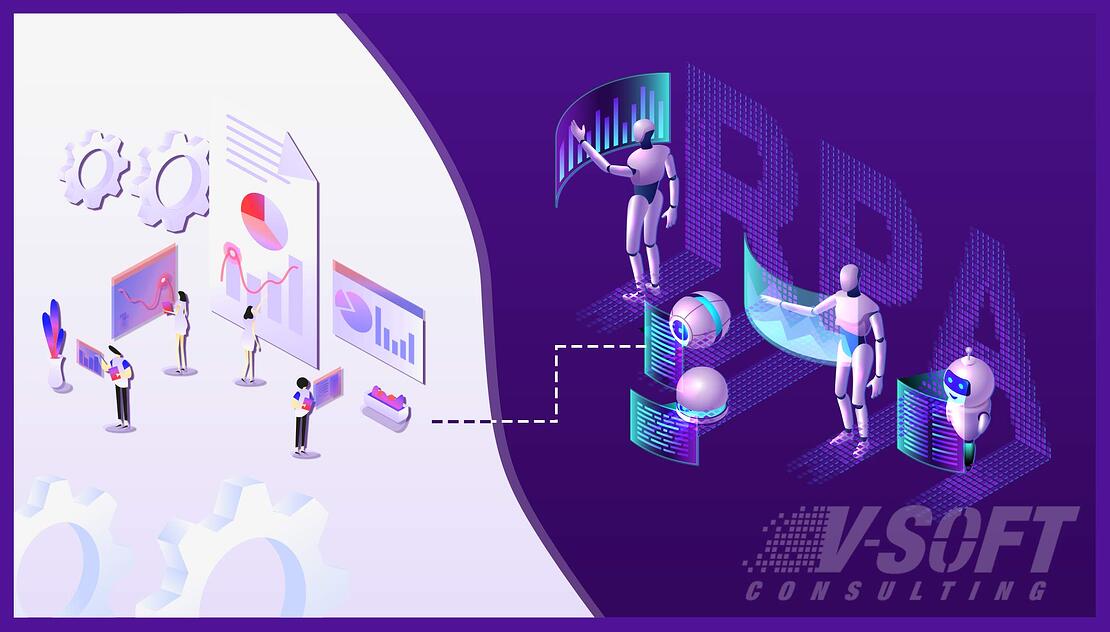
BI can be defined to mean the use of information technologies to solve business issues. This system combines multiple types of data into one system that provides businesses with an intuitive and streamlined way to analyze data. Data preparation and visualization are important parts of this process. Together they create an interactive, rich visual representation of analysis data. Data visualization transforms data analysis into an immersive experience. However, data preparation involves compiling multiple sources, identifying dimensions and measurements, and preparing data for analysis. BI should allow businesses to ask questions about data and provide insights that help them track performance.
Self-service for BI
What is the difference between self-service and traditional BI? The main difference is how much control you have over your data. Traditional BI solutions are managed by a team of technical experts. Self-service solutions give users greater access and are intended to teach them how to use the data. Because traditional BI systems are built and maintained by technical teams, every request must be passed through those team members.
A self-service BI system allows users to customize and create reports and dashboards. They can connect directly to raw data sources and choose the transformations and cleaning they require. They customize the results and share them with their colleagues. Contrary to traditional BI systems, IT professionals must create dashboards and reports. Self-service BI tools allow businesses to access this functionality without IT expertise. They also make it easy for business users to customize, create, and share data.
Self-service BI solutions are designed to allow users more control and freedom. They should be able to create their own reports, dashboards, and data visualizations. Self-service BI solutions must be simple to use for both casual and power users. Self-service BI solutions may not be the best. But self-service BI systems are designed to empower business people to make informed decisions.
Self-service Analytics is also known to self-service BI. This allows non-technical employees to participate in data analysis and the creation of reports. This allows employees without technical knowledge to gain insight and access data. The key difference between self-service BI and traditional BI is that it focuses on the individual needs of business users, rather than the technology itself. Self-service BI allows business users to make their own decisions and not require technical knowledge.
Traditional BI
Traditional BI comes with many drawbacks, particularly if you don't have the budget for a custom solution. Self-serviceBI offers users an intuitive, ready-to–use BI experience. Traditional BI involves IT and data specialists in order to maintain it. But self-service options allow users, who are not aided by IT, to make the changes they need.

Traditional BI tools have been a great tool for companies for many years. However, this is not the right time to use them. For companies to fully harness the power provided by continuous intelligence and make informed decisions, they must embrace it. Traditional BI tools excel at posthoc analysis, but they are less adept at detecting smoke in real-time. Traditional BI tools can be slow and IT staff must intervene quickly. They can't tell the difference between noise and real issues.
Traditional BI processes can cause inaccurate reports and misspelled information, in addition to a lack of efficiency. Common human errors can also limit the ability to interpret information accurately. Long wait times may be caused by errors in the process. Traditional BI processes can also take longer than anticipated. This type of process could also result in your company losing money and time. Recall that legacy BI tools are supported by large, established software companies.
Self-service BI is a way for business teams to have quick and cost-effective data governance. Traditional BI solutions, however, are aimed at IT departments. Self-service BI lets end users participate in the analysis of data which increases adoption. You can choose the best option to suit your business from a variety of traditional BI options. However, there are some drawbacks and advantages to traditional BI solutions. With self-service BI you can make these choices. It will pay off.
Pre-built connections
Prebuilt connections make it easy to use BI solutions. Prebuilt connections are designed to make data loading from different sources easy. Many BI applications come with over 100 prebuilt connectors. This makes data imports from multiple sources easy. The best part is that there is no maintenance. The solution can be quickly scaled to your changing needs. Why use prebuilt connections when you can scale the solution quickly?
There are two main types of built in connectors. These are native connectors or third-party connectors. Built-in connections are usually very good and allow businesses transfer millions of data sets among different sources. If you are having difficulty integrating data, contact the vendor to ask for assistance. Third-party connectors, which are manufactured by third-party vendors, don't perform as well as native ones.
Scalability
Scalability is a key performance concept for analysts when evaluating BI product evaluations. While most vendors claim that their systems are scalable, very few actually can. Why? Because it is unclear what the term means and customers are not sure. This article will discuss some of the most important factors to consider when purchasing a BI system. Let's begin by defining scalability.
Data warehouses are becoming more popular as organizations use BI more extensively. Software solutions must scale to accommodate growing data volumes. Users access BI data and analytics more frequently. Mass BI deployments will be successful if bi can scale easily. Higher ROI is achieved when more decision makers have access to data. Therefore, it's important to invest in a scalable BI solution that can grow along with the business.
This feature can increase user adoption within the organization and increase users' time in self-service activities. The user interface makes it easier to share insights, which means everyone in the organization can access reports and dashboards. Many companies now embrace the idea of extended enterprise, sharing insights with the rest. By doing so, they foster a common understanding of how to drive business forward. There are many benefits to scaling bi systems.

The technical challenge is data scalability. This is why you need a system capable of connecting to multiple data sources and analyzing data wherever it is. Data connections must be reliable and simple, not complicated and tedious programming projects. Another important scalability of bi systems is analytic scalability, which is the least talked-about of the four. The ability to analyze more data means that you can use the same data to produce better forecasts.
Drawbacks
Although there are many negative aspects to bisexuality, it is not impossible to find one. University of Michigan conducted a study that found functional limitations rates in bisexuals were between 25% and 43% lower than in heterosexuals. This finding goes against arguments such as the marriage security argument. This argument asserts that marriage is good for economic security and encourages healthier lifestyles. Another theory holds that more marriages can be encouraged by a partner with more desirable characteristics. In either case, it is not clear that married bisexuals have a higher health score than their unmarried counterparts.
However, it's possible that bisexuals are more likely to have mental health issues as compared to their heterosexual peers. Research has shown that bisexuals tend to be more mentally ill than heterosexuals. Additionally, bisexuals are more likely suffer from biphobia and to experience less good mental health than people in heterosexual relationships. Contact with LGBTQI or bisexual people does not appear to have an impact on bisexuals' mental wellbeing.
Many women opt to be bisexual in public, allowing others the freedom to adopt the straight identity or being openly bisexual. This can lead to women feeling outcasted or second-class and being forced to choose whether they want to be a lesbian, or a straight woman. Bisexuals might feel stigmatized by their heterosexual and homosexual peers. They may be seen as promiscuous, untrustworthy and incapable of committing.
There are many other drawbacks to bisexuality, including unprotected sex, societal issues, and a low level of social support. Bisexuals who have the same sex partner are more healthy than heterosexual bisexuals. While bisexuals are less likely be to experience anxiety and depression, they have lower rates in terms of cardiovascular disease, mental disorder, and mental health than heterosexuals.
FAQ
What are the best IT courses available?
You can choose the online course that suits your needs best. If you're looking for a comprehensive overview of computer science fundamentals, then take my CS Degree Online program. It'll give you everything you need to know to pass Comp Sci 101 at any university. Web Design For Dummies teaches you how to build websites. If you are interested in learning how mobile apps work, then Mobile App Development For Dummies is the place for you.
What jobs are there in Information Technology?
The most common career choices for people who want to enter IT-related careers include software developer, database administrator, network engineer, systems analyst, web designer/developer, help desk support technician, computer technician, etc. There are many other IT careers, such as data entry clerks, sales representatives, receptionists, customer service specialists, programmers, technical writers, graphic artists, office managers, project managers, and others.
Most people work in the field once they have graduated from school. You might get an internship in a company while you are studying. Alternatively, you may decide to undertake a formal apprenticeship scheme. You can gain practical experience through work placements that are monitored.
Information Technology has many job openings, as mentioned previously. Many positions require a master's degree. However, not all jobs require this level of education. A master's in Computer Science or Software Engineering (MSc), for instance, can give a person more qualifications than a bachelor.
Some employers prefer candidates who have previous experience. Ask people you know who work in IT what positions they've been offered. Online job boards are also a good place to look for available vacancies. You can search by industry, location, type of position, skill required, salary range, and more.
You can use specialized sites such simplyhired.com, careerbuilder.com, and monster.com when searching for work. As an option, you might consider joining professional associations such the American Society for Training & Development. The Association for Computing Machinery (ACM), Institute of Electrical and Electronics Engineers.
How can I get certified in cyber security?
For anyone who works in the IT sector, cyber security certifications are highly valued. CompTIA Security+ (1) Microsoft Certified Solutions Associate – Security (22) and Cisco CCNA Security Certification (33) are some of the most widely available courses. All of these courses are recognized by employers and offer a solid foundation. You have many other options: Oracle Certified Professional - Java SE 7 Programmer (4), IBM Information Systems Security Foundation (5), SANS GIAC (6).
Your decision is up to you, but it's important that you know your stuff!
What are the future trends in cybersecurity?
The security industry is evolving at an unprecedented rate. New technologies are emerging, old ones are getting updated, and existing ones are becoming obsolete. The threats we face also change constantly. Our experts are here to help you, whether you want to get a general overview or dive into the latest developments.
Everything you need is here
-
Get the latest news on new vulnerabilities and attacks
-
Here are some best practices to deal with the latest threats
-
Guide to staying ahead
The future holds many opportunities. The reality is that you can't predict the future. We can only plan for the future and hope to be lucky.
If you want to see the future, you can read the headlines. They tell us that the greatest threat isn't currently coming from hackers or viruses. Instead, it's governments.
Everywhere you look, governments all over the world try to spy on citizens. They employ advanced technology, including AI, to track movements and monitor online activity. They gather data about everyone they encounter to create detailed profiles of people and groups. Privacy to them is an obstacle to national security.
This power has been used by governments to target individuals. Experts suggest that the National Security Agency used its power to influence election results in France and Germany. While it's not known if the NSA intended to target these countries in any way, it seems logical when you think about this. You need to ensure that the population doesn't stand in your path if you want control over them.
This isn't an imaginary scenario. History has shown that dictatorships often hack into opponents' phones and steal their data. It seems that there is no limit to what governments can do in order to control their subjects.
Even if surveillance isn't an issue at the government level, it might be a concern about corporate spying. There is no evidence that big corporations are tracking your online activity. For example, Facebook tracks your browsing history regardless of whether you've given permission or not. Google claims that it doesn't sell data to advertisers. But, Google has no proof.
You need to be concerned about what can happen when governments get involved. However, you should also consider how to protect your self when dealing with corporations. You should learn cybersecurity if you plan to work in IT. This will help you prevent sensitive information being stolen from companies. You can also train employees to recognize potential phishing schemes.
Cybercrime is a major problem currently facing society. Governments, hackers, criminals, and terrorists constantly work together to steal your personal data and damage your computer systems. The good news is that there are solutions for everything. All you have to do to get started is to discover where to start.
Do I have a chance to get a job if I have a Google IT certification?
It is important to have all information necessary to apply for a job at entry level. If you don’t, it might be best to just forget about it. You'll just waste time searching for this information later.
In addition to filling out applications online, you should also ensure that you send them a copy of your resume and cover letter (if requested) along with any other supporting documents that are needed for the application.
It is better to send these documents electronically than by snail mail. Employers will find it easier to track everything you need.
If you have any questions about your submissions, it is best to ask them immediately and not wait for the rejection. This will ensure that you don't waste valuable time trying to contact the employer asking why you haven’t answered. It is better to know right away what you need to do to make things right.
Statistics
- The United States has the largest share of the global IT industry, accounting for 42.3% in 2020, followed by Europe (27.9%), Asia Pacific excluding Japan (APJ; 21.6%), Latin America (1.7%), and Middle East & Africa (MEA; 1.0%) (comptia.co).
- The global IoT market is expected to reach a value of USD 1,386.06 billion by 2026 from USD 761.4 billion in 2020 at a CAGR of 10.53% during the period 2021-2026 (globenewswire.com).
- The top five countries contributing to the growth of the global IT industry are China, India, Japan, South Korea, and Germany (comptia.com).
- The top five countries providing the most IT professionals are the United States, India, Canada, Saudi Arabia, and the UK (itnews.co.uk).
- The number of IT certifications available on the job market is growing rapidly. According to an analysis conducted by CertifyIT, there were more than 2,000 different IT certifications available in 2017,
- Employment in computer and information technology occupations is projected to grow 11% from 2019 to 2029, much faster than the average for all occupations. These occupations are projected to add about 531,200 new jobs, with companies looking to fill their ranks with specialists in cloud computing, collating and management of business information, and cybersecurity (bls.gov).
External Links
How To
Why study Cyber Security?
If you're interested in securing your network, there are many reasons why you should learn about cyber security. Here are a few:
-
You want to prepare yourself for a career as a cybersecurity specialist.
-
You are interested in being a part of the rapidly growing field of computer crime investigations.
-
Cybercriminals are a threat to your business.
-
Cyberattacks are something you want to be able defend against.
-
The challenge of solving problems is what you love.
-
You love solving puzzles.
-
Programming is what you enjoy.
-
It is important to understand why people click on malicious links.
-
You need to recognize phishing scams.
-
You want to prevent identity theft.
-
Create your anti-virus program.
-
All you want is to succeed.
-
You want other people to learn cybersecurity.
-
You want to be a leader in your field.
-
We want to change the perception of cybercrimes.